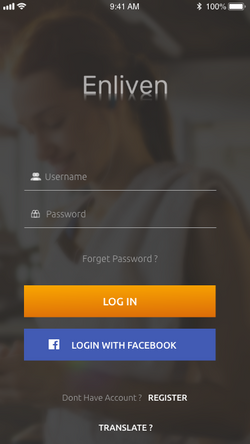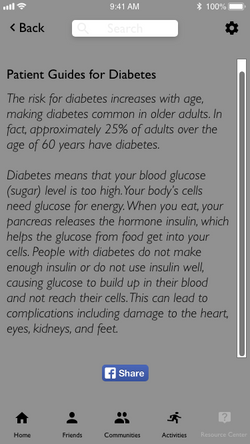ENLIVEN.

Design Type
User Experience Design
Team Size
2
Duration
6 weeks
Process
Iterative
Tools Used
Adobe Xd
Methods Used
Contextual Inquiry, Survey, Think Aloud Protocol
Design Space.
The project was in the citizen science domain where general public actively participates in a scientific environment which affects them directly or indirectly. Our design space involved helping food allergy and pre-diabetic patients reach their full potential in the area of self-care.
 |
|---|
Contextual Inquiry.
Three participants who were the direct stakeholders were recruited for Contextual Inquiry. Each one of them was interviewed in a natural setting like that of a restaurant for food allergy patients and routine walk for a pre-diabetic patient. Observations were video recorded and notes were made during the observation.
Intervene.
Our intervention focused on the self-management phase and setting the stage for individuals to gain positive results. We thought by providing some kind of assistive technology will help individuals monitor and take greater responsibility for their own health which could really improve the quality of life over time.
Prototype.
The prototypes were designed and developed using Adobe Xd.
 |  |
|---|---|
 |  |
 |  |
 |  |
 |  |
 |  |
 |  |
 |  |
 |  |
 |
Evaluate.
We used the methods of think-aloud protocol to observe test users. We gained useful insights by asking test users to articulate what they were thinking while performing the tasks. We also used a follow-up survey to receive feedback on the prototype. We used a Likert scale to quantify the responses. After evaluation, we went back to the prototype and made changes based on the user feedback.